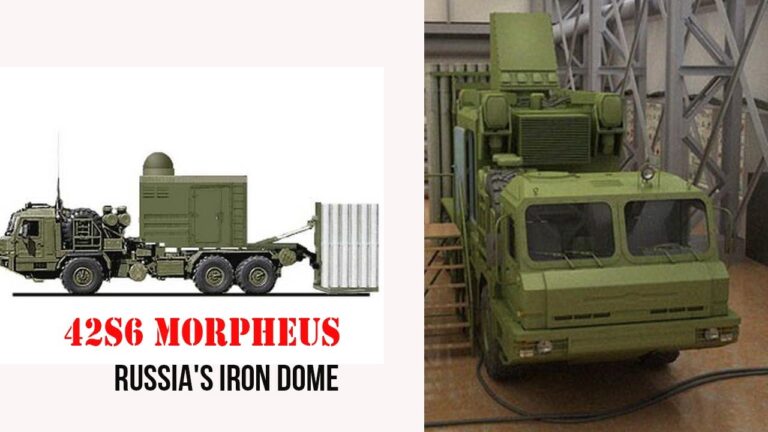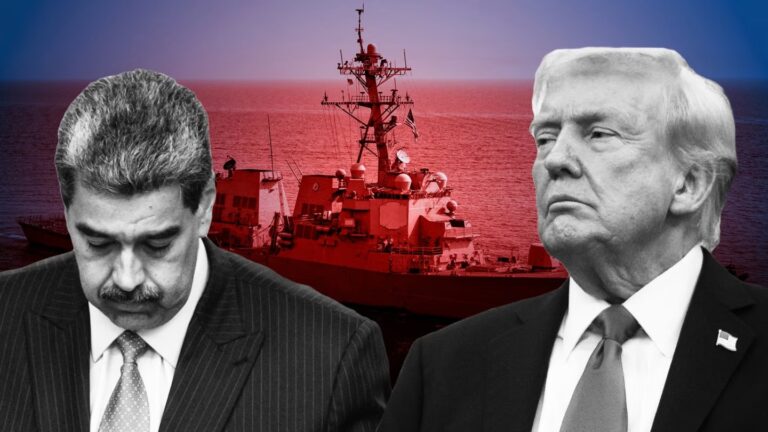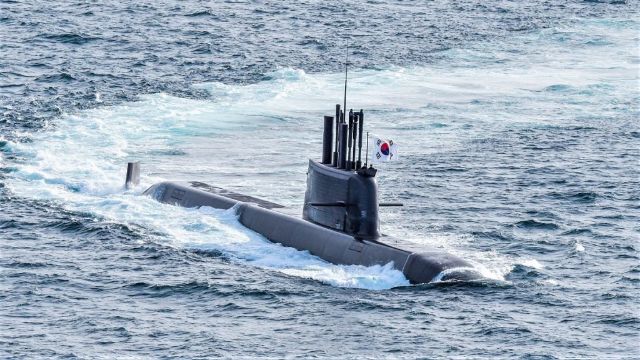
KSS-III Submarine
In April 2025, South Korea’s Hanwha Ocean offered Poland its advanced KSS-III Batch 2 submarines for the Orka program. The deal could shift naval power in the Baltic Sea amid growing tensions with Russia.
Hanwha’s offer includes three submarines, plus full maintenance support and shipyard upgrades in Poland. They also proposed leasing a ship to train Polish crews during the transition.
Hanwha says the first submarine could arrive six years after signing the contract. All three subs could be fully operational in just eight and a half years.
Janes reported on April 21, 2025, that Poland was eager to modernize its aging submarine fleet. Poland also wants to strengthen its strategic posture as Russia’s influence grows in the region.
So why is a South Korean shipbuilder chasing a European naval contract? And how does the KSS-III fit into Poland’s long-term maritime goals?
The KSS-III Batch 2, or Dosan Ahn Changho-class, is South Korea’s most advanced submarine to date. Hanwha Ocean and HD Hyundai Heavy Industries jointly designed and built this next-generation sub. It plays a key role in South Korea’s naval modernization efforts.
Air-Independent Propulsion (AIP) System
At 89.3 meters long and 9.6 meters wide, it’s larger than most Baltic subs. It’s still compact enough to maneuver effectively in shallow coastal waters. It can move about 3,600 tonnes when it’s on the surface and about 4,000 tonnes when it’s underwater.
The propulsion system is one of its best features. Bumhan Industries’ fuel cells power the air-independent propulsion (AIP) system, which combines a diesel-electric setup. This technology means that the submarine can stay underwater for more than three weeks without coming to the surface.
This capability is a huge advantage in the Baltic Sea, where the average depth is only 50 meters and enemy anti-submarine weapons like Russian patrol aircraft are always around.
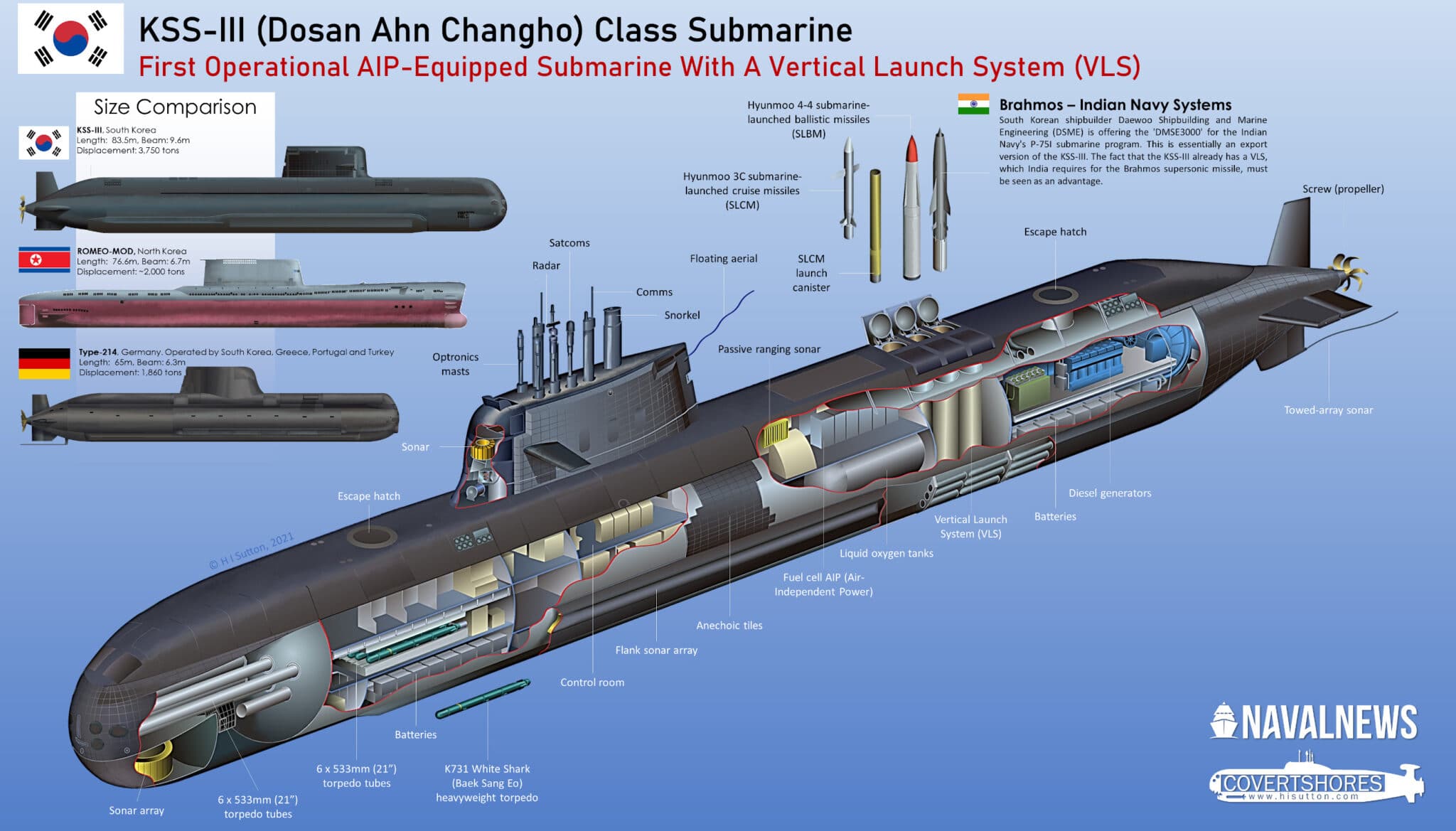
When paired with lithium-ion batteries from Samsung SDI, the AIP system triples the KSS-III Batch 1’s submerged endurance and lowers propulsion noise, making it more stealthy.
The submarine’s weapons make it an even more formidable platform. The ship has six 533 mm torpedo tubes that can fire heavy torpedoes like the South Korean K761 Tiger Shark or Western equivalents. It can also fire anti-ship missiles like the U.S. Harpoon or South Korea’s Haeseong.
Vertical Launch System (VLS) Cells
The KSS-III Batch 2 has ten vertical launch system (VLS) cells, which is unusual for non-nuclear submarines. These cells can launch either the Hyunmoo-IV-4 submarine-launched ballistic missile or the Chonryong cruise missile.
With these weapons, Poland can attack land and sea targets from hundreds of miles away, which is a strategic reach that has never been seen before in its naval history.
Hanwha Systems made the submarine’s combat management system, which includes a horseshoe-shaped sonar array from LIG Nex1.
This array provides better detection in the Baltic’s difficult acoustic environment, where salinity gradients and shallow depths make underwater sensing more difficult.
A Thales mine-detection sonar, an Indra radar electronic support measures system, and a Safran Series 30 optoelectronic mast are some of the other sensors that make sure the ship has a full picture of its surroundings.
Due to its high level of automation, the ship only needs 33 crew members, but it can hold up to 50 people, including special forces for covert operations.
ORP Orzeł
In comparison, Poland’s naval power isn’t forceful right now. The Polish Navy only has one Kilo-class submarine, ORP Orzeł, which was built in the Soviet Union and started service in 1986.
The Kilo-class has a length of 72.6 meters and a submerged weight of 2,450 tonnes. It uses standard diesel-electric propulsion and needs to come to the surface often to charge its batteries.
The KSS-III has the VLS capability and the AIP system, but this one doesn’t. Instead, it has six 533 mm torpedo tubes for torpedoes and anti-ship missiles.
Modern anti-submarine warfare systems, especially those of Russia’s Baltic Fleet, can damage the Kilo because its sensors are old and its noise level is high.
Poland got rid of its four Norwegian Kobben-class submarines between 2017 and 2021. The ORP Orzeł is now the only underwater asset the country has.
The Orka program, which started in 2014 and was restructured in 2023, aims to replace this old fleet of submarines with three to four new ones that are stealthy, can fire cruise missiles, and can work with NATO forces.
Lithium-ion Batteries
The KSS-III’s technical advantages will significantly enhance Poland’s strategic capabilities. The AIP system and lithium-ion batteries enable Polish submarines to conduct long, silent patrols, enabling them to monitor Russian naval activity in the Baltic without being detected.
The VLS cells act as a deterrent, letting attacks happen from a safe distance against Russian military infrastructure, like the heavily fortified Kaliningrad enclave, or naval assets. This changes Poland’s naval posture from one that is mostly defensive to one that can project power.
The submarine’s small fleet size allows it to perform various tasks, including anti-submarine warfare, anti-surface warfare, intelligence gathering, and minelaying. The submarine gives the Polish Navy the platform it needs for all of these tasks.
Because the Baltic Sea is narrow and shallow, submarines need to be able to operate in secret and avoid being seen. The KSS-III is very difficult to track, even compared to Russia’s newer Kilo-class variants like the Project 636.3 Varshavyanka, thanks to its acoustic anechoic coating, elastic mounts, and low-noise propulsion.
Jang Bogo-class [KSS-I] submarine
Hanwha Ocean’s offer goes beyond just submarines; it also meets Poland’s operational and industrial needs. The business wants to rent out a decommissioned Jang Bogo-class [KSS-I] submarine, which is a 1,200-tonne ship based on the German Type 209 design and would be used for training.
The South Korean Navy plans to retire the Jang Bogo in 2027. Before then, the South Korean Navy will update it with command systems compatible with the KSS-III, providing Polish crews with an opportunity to gain experience.
This temporary fix, which will be made official through an agreement between the two governments, lowers the chance of delays in becoming operationally ready, which is a common problem when switching to more advanced platforms.
Hanwha also promises to build a center for maintenance, repair, and overhaul in Poland. Local companies will be able to achieve this thanks to Hanwha’s technology. This center would make sure that spare parts are delivered on time, record when equipment becomes obsolete, and give Poland the tools it needs to maintain its submarines without having to rely on outside help.
Investing in Polish shipyards, which could include companies like WB Electronics, aims to create jobs and make Poland a regional hub for submarine maintenance, similar to how South Korea and Poland worked together successfully on the K2 Black Panther tank and K9 Thunder howitzer programs.
Thyssenkrupp Marine Systems
European cars like Germany’s Type 212CD and France’s Scorpène are competing with the KSS-III. Thyssenkrupp Marine Systems made the Type 212CD, a 2,500-tonne submarine that works best in the Baltic’s shallow water.
It has a stealthy design with a nonmagnetic steel hull that makes it almost impossible for magnetic sensors to find. KSS-III also has an AIP system that uses fuel cells. It has six 533 mm torpedo tubes that can hold torpedoes and mines.
Anti-ship missiles, such as the IDAS system, can also be used to attack helicopters. But it doesn’t have any VLS cells, which makes it less capable of strategic strikes than the KSS-III.
Naval Group’s Scorpène can carry between 1,800 and 2,000 tonnes and has an AIP option that uses fuel cells based on ethanol. It can carry up to 18 weapons, such as mines, torpedoes, and anti-ship missiles, but it doesn’t have VLS.
The designs of both European submarines are well-established. Germany and Norway are using the Type 212, while Chile, Malaysia, and India have dispatched the Scorpène.
To be sure, Hanwha’s promise of faster delivery—six years for the first KSS-III compared to what could be longer times for European builders—gives it an edge, especially since Poland wants to counter Russia’s growing assertiveness after its invasion of Ukraine.
Kaliningrad and Kronstadt
The Baltic Sea is a flashpoint in world politics, and Russia has a strong naval presence there with its Baltic Fleet, which is based in Kaliningrad and Kronstadt.
The fleet has a number of Kilo-class submarines, such as the Project 636.3 Varshavyanka, which is quieter and carries torpedoes, anti-ship missiles, and Kalibr cruise missiles.
Russia occasionally deploys its newer Yasen-class nuclear submarines to the Baltic. They have advanced sensors and long-range missiles, but their 13,800-tonne displacement makes them less suitable for the area’s shallow waters.
The KSS-III is a credible defense against these threats because it is stealthy and has a lot of firepower. It can also keep Russia from controlling important sea routes like the Danish Straits.
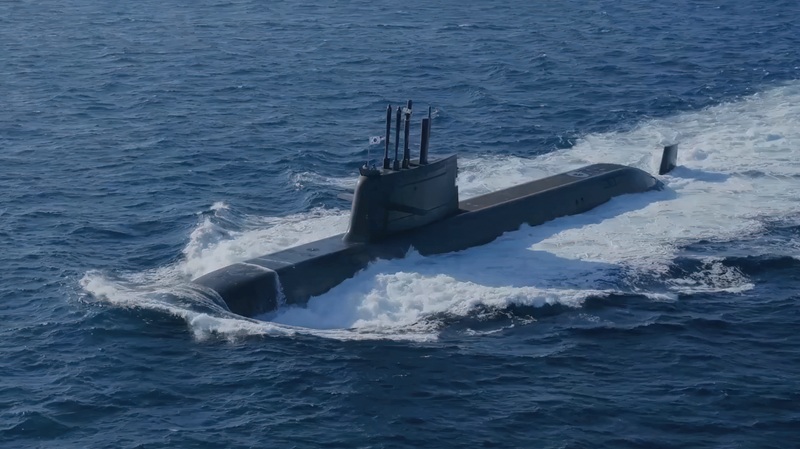
Sweden’s A26 Blekinge-class submarines already boost NATO’s underwater strength in the Baltic with stealth and air-independent propulsion. Adding Poland’s KSS-III would shift the balance, forming a joint submarine network with the German and Norwegian navies.
Russia seized Crimea
Poland’s land-focused strategy limited its naval reach, positioned as it is between Germany and Russia. During the Cold War, Poland operated five Kilo-class and several smaller submarines.
By the 2010s, cuts and aging Soviet tech left Poland with only one operational sub. After Russia seized Crimea, Poland began rapidly modernizing its military through the Orka program.
The war in Ukraine accelerated this push, making Poland invest in NATO-compatible defense systems. It bought Patriot air defenses, HIMARS rocket systems, K-2 tanks, and FA-50 jets to strengthen its military.
The KSS-III fits Poland’s strategy by offering advanced capabilities and timely delivery, proven by past South Korean deals. In 2023, Poland received 48 K9 howitzers on time from South Korea, demonstrating reliable defense cooperation.
South Korea, once an importer, now exports 80% locally made tech through programs like the KSS-III. Hanwha Ocean secured all three KSS-III Batch 2 contracts for South Korea’s Navy, proving its credibility.
The first KSS-III Batch 2 is expected to launch in 2025, ahead of schedule. Hanwha also pursues submarine deals with Poland, Canada, and Saudi Arabia to rival US and European suppliers.
KSS-III proposal
At MSPO 2024, Hanwha signed an MRO deal with Poland’s WB Group for submarine maintenance support. Polish President Andrzej Duda praised Hanwha’s participation during his visit to their pavilion at the exhibition.
This partnership may revive Poland’s struggling shipyards, once strong but weakened after the fall of Soviet industry.
The KSS-III proposal has some positive points, but it also has some problems. There are concerns among Polish submariners that the Type 212CD’s 3,600-tonne displacement is too big for the Baltic’s shallow waters.
They would rather use a smaller design. Adding Western systems, like the Naval Strike Missile, would require working with European manufacturers. Such an arrangement could make exports harder because of rules about intellectual property.
It is thought that the Orka program will cost more than $2.5 billion, which could put a strain on Poland’s defense budget, which is already tight from buying tanks, planes, and frigates.
Hanwha’s MRO center also promises long-term benefits, but Poland’s shipyards haven’t worked with advanced submarine technologies before, making it unclear how quickly they can learn South Korean techniques.
Although policymakers can address these problems, they highlight the risks of choosing a non-European platform in a region dominated by German and French suppliers.
Conclusion
Hanwha Ocean’s offer is bold, especially in today’s rapidly changing defense landscape. The KSS-III Batch 2 is more than just another submarine.
It reflects South Korea’s tech progress and Poland’s push to become a NATO military leader. This deal could tighten U.S. ties with both Poland and the Czech Republic.
Both nations rely on American arms and worry about threats from Russia and China. The KSS-III helps deter aggression and aligns with NATO’s goals in the Baltic Sea.
U.S. submarines like the Virginia-class already operate in those waters to back regional security. However, choosing a Korean sub over European ones may upset Germany and France.
Their shipbuilders have long viewed Poland as a key defense client. Poland now weighs its options carefully, knowing the choice carries long-term consequences. A South Korean win could show how non-Western suppliers reshape alliances and modern military tech.
References
- Janes—Poland Orka Submarine Program Update
- Defense News Today—Baltic Naval Tensions Rise
- Naval Technology—KSS-III Dosan Ahn Changho-class Submarine
- GlobalSecurity.org—Russian Baltic Fleet Capabilities
- South Korea Ministry of National Defense – KSS-III Project
- Hanwha Ocean – Official Defence Solutions
- Facebook – Pakistan Defense Forum: Baltic Military Developments
- Thyssenkrupp Marine Systems – Type 212CD Submarine
- Naval Group—Scorpène Class Submarine Overview
- Samsung SDI – Lithium-ion Batteries for Submarines






